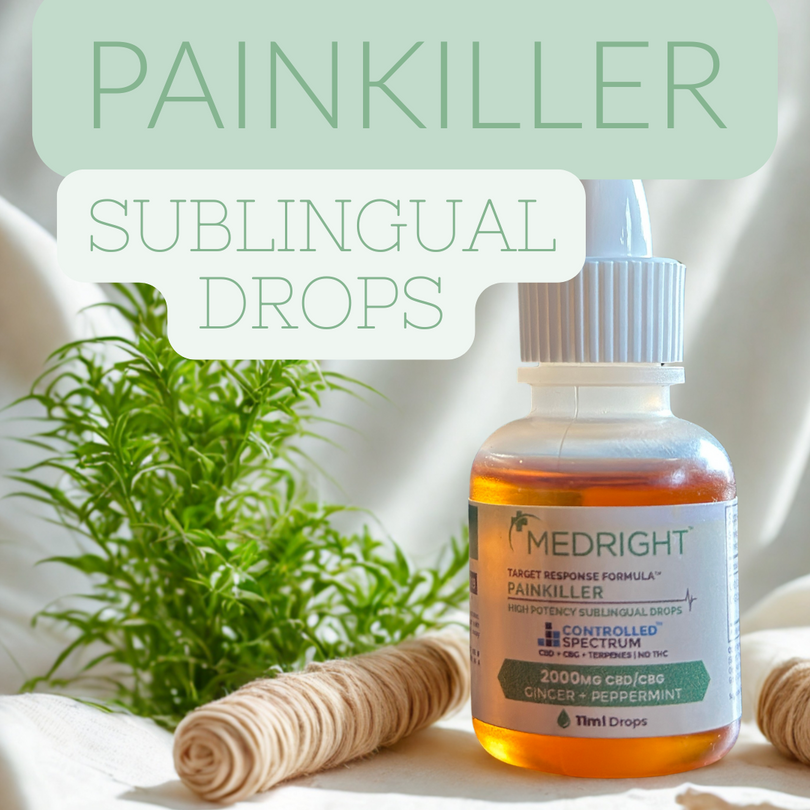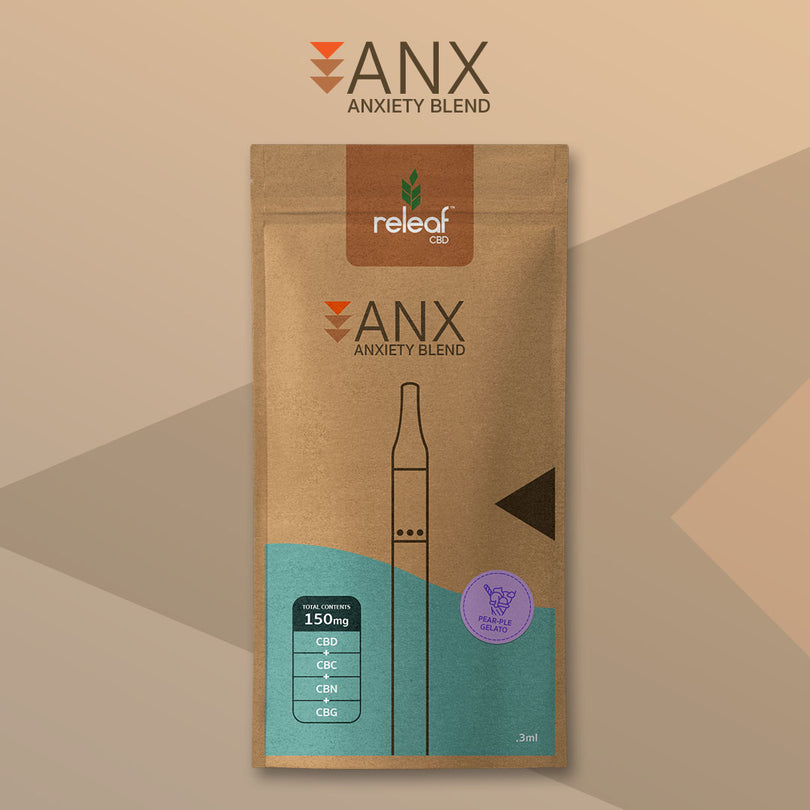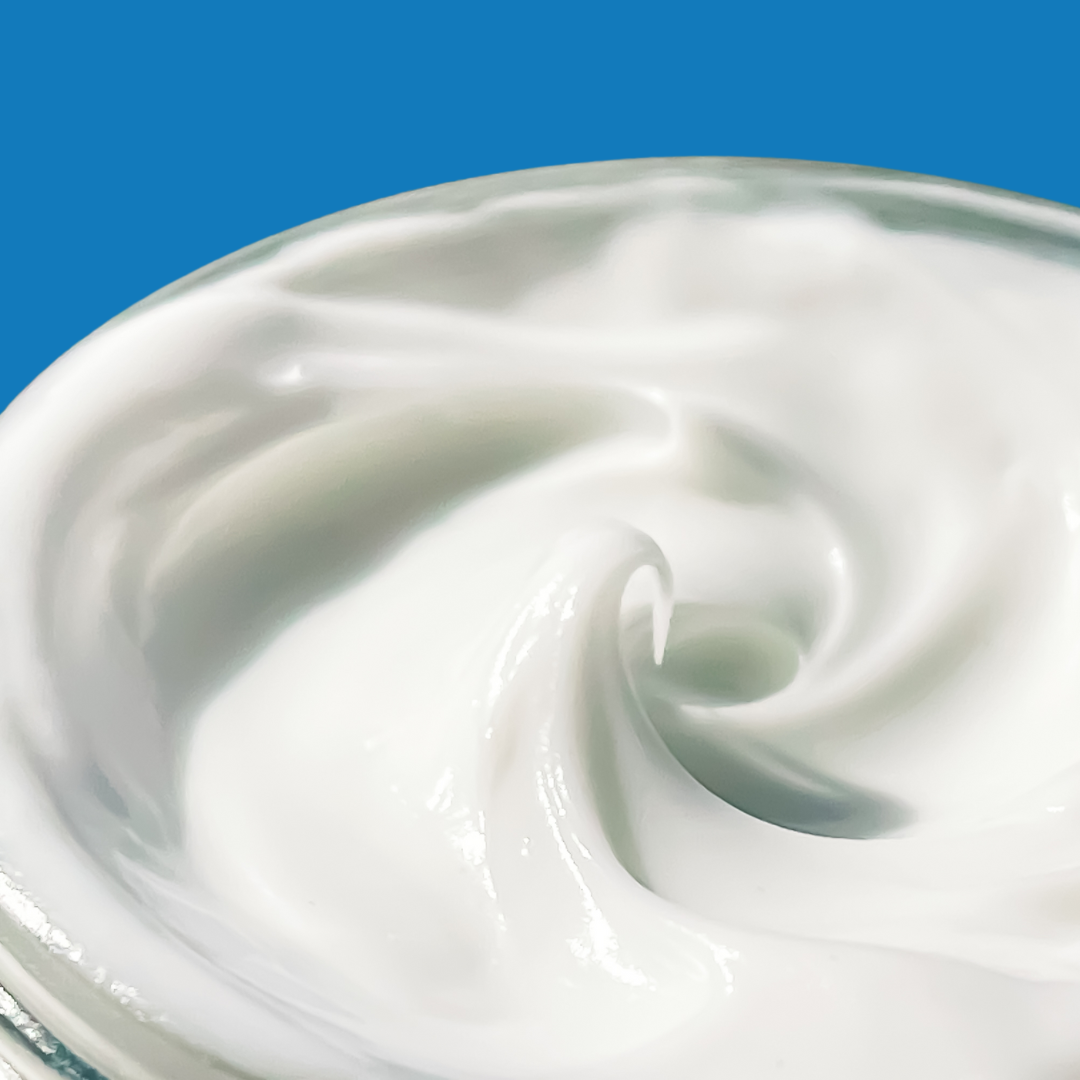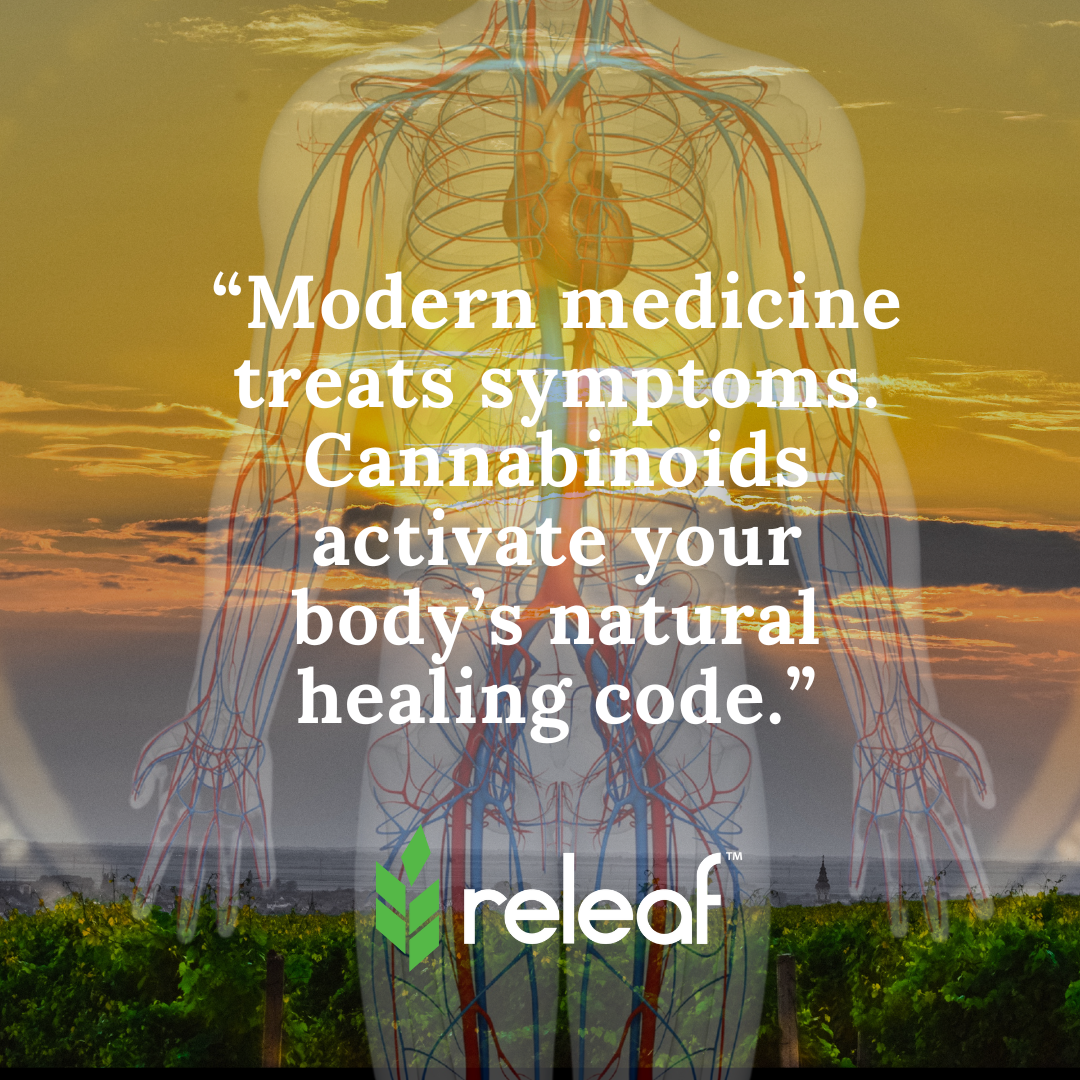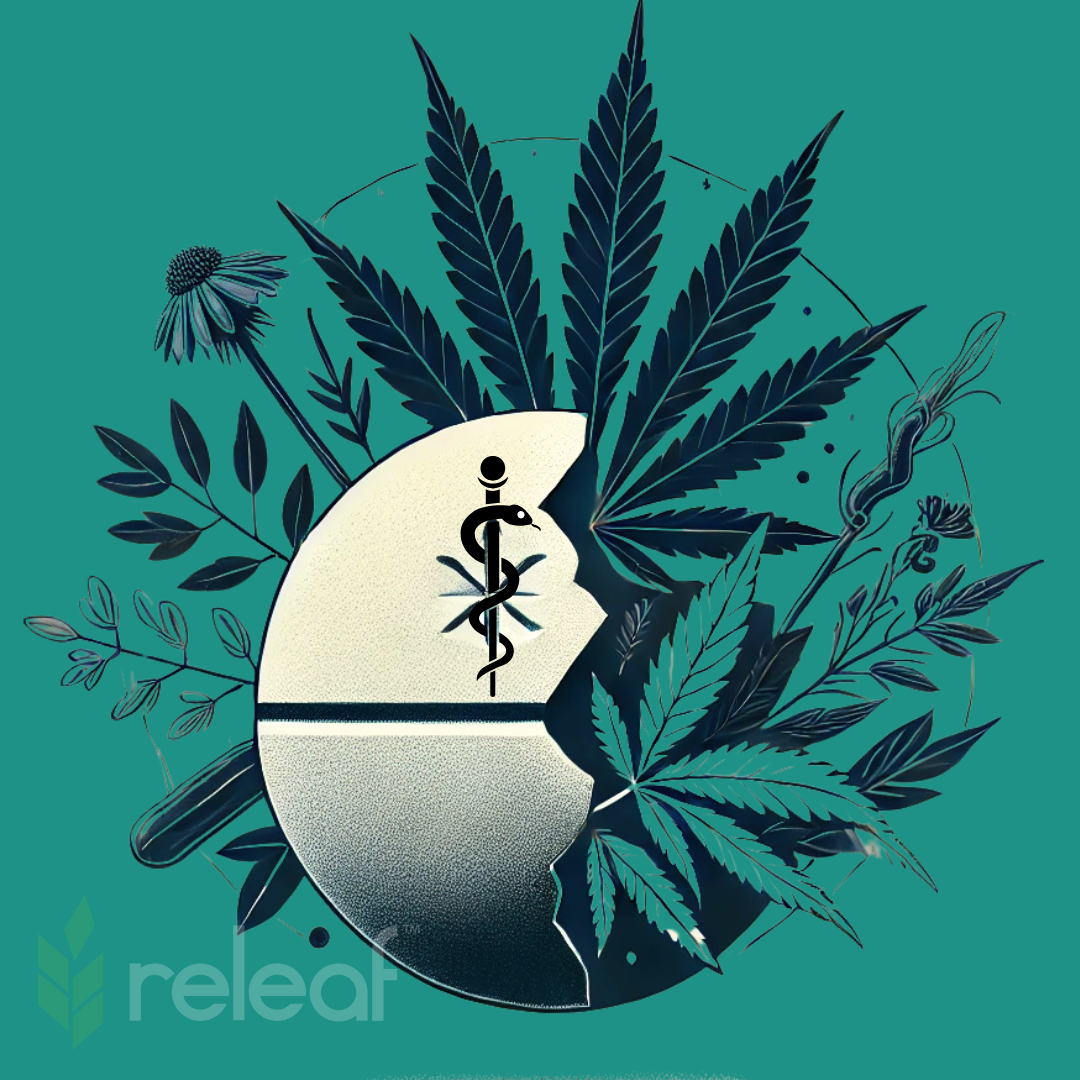Topical pain relievers like Icy Hot, Biofreeze, Bengay, and Aspercreme are marketed as “safe, effective, fast-acting” solutions for sore muscles and chronic pain.
But flip the label over and look at what’s actually inside — you’ll find a lineup of synthetic chemicals, many of which are either skin irritants, hormone disruptors, or penetration enhancers designed to push those chemicals into your bloodstream.
Let’s break it down ingredient by ingredient — and ask the question: Is temporary numbness worth the long-term risk?
Polysorbate 80:
What it is: An emulsifier used to mix oil- and water-based ingredients. Common in processed foods, vaccines, and personal care products.
Why it's a problem:
- Known to disrupt the skin’s protective barrier, increasing absorption of other ingredients — including toxins.
- Linked to systemic toxicity in some animal studies, particularly with long-term or high-dose exposure.
- Classified as a potential allergen, especially in people with compromised immune systems or sensitive skin.
TL;DR: It’s not just making things blend. It’s opening the door for everything else in the formula to go deeper — including the bad stuff.
Triethanolamine: The Chemical That Can Form Carcinogens
What it is: A pH adjuster and emulsifier commonly used in cosmetics and personal care products.
Why it’s a problem:
- Reacts with nitrates to form nitrosamines, which are classified as carcinogenic by the FDA and IARC.
- A known skin irritant and allergen.
- Banned or restricted in personal care products in Europe and Canada due to its risks.
🚫 Parabens (Methylparaben, Propylparaben)
What they are: Preservatives used to prevent mold and bacterial growth in creams and lotions.
Why they’re a problem:
- Mimic estrogen in the body, disrupting the endocrine system.
- Linked to reproductive toxicity, breast cancer, and hormonal imbalance.
- Found in human breast tumor tissue in multiple studies.
- Banned in the EU at certain concentrations, still common in U.S. products.
“Fragrance” – The Legal Loophole for Hiding Toxins
What it is: A proprietary blend of chemicals used for scent.
Why it’s dangerous:
- Legally protected as a “trade secret,” so companies don’t have to disclose what’s in it.
- Often contains phthalates (hormone disruptors) and other volatile organic compounds (VOCs).
- Linked to headaches, asthma, skin rashes, and hormone disruption.
- A study by the Environmental Working Group (EWG) found an average of 14 hidden chemicals in a single fragrance blend.
🧊 Menthol & Camphor – Natural Origins, Synthetic Problems
Used for: The “icy-hot” sensation that tricks your brain into feeling temporary relief.
Issues:
- Usually synthetic versions, not derived from whole plant sources.
- Can cause chemical burns or skin irritation in sensitive individuals.
- Provide no therapeutic benefit beyond sensory masking — they don’t reduce inflammation or fix the root cause.
🧠 Here’s the Real Issue: Numbing ≠ Healing
These products don’t treat the underlying cause of your pain. They mask it, and in doing so:
- Encourage overuse of injured areas
- Delay healing
- Expose your bloodstream to questionable ingredients daily
If you're applying this stuff to your skin regularly — especially over large areas or broken skin — you’re getting more than you bargained for.
🌱 The Alternative: Functional Topicals That Actually Heal
Topical formulations based on whole plant medicine — like CBD, CBG, CBN, CBC, and botanicals like arnica, comfrey, turmeric, and ginger just to name a few.
Anti-inflammatory effects
- Pain reduction via the endocannabinoid system
- Cellular regeneration without the toxic load
Your skin is your largest organ. Treating pain shouldn't mean compromising your immune system, endocrine system, or long-term health.
Ready for a natural clean alternative?

